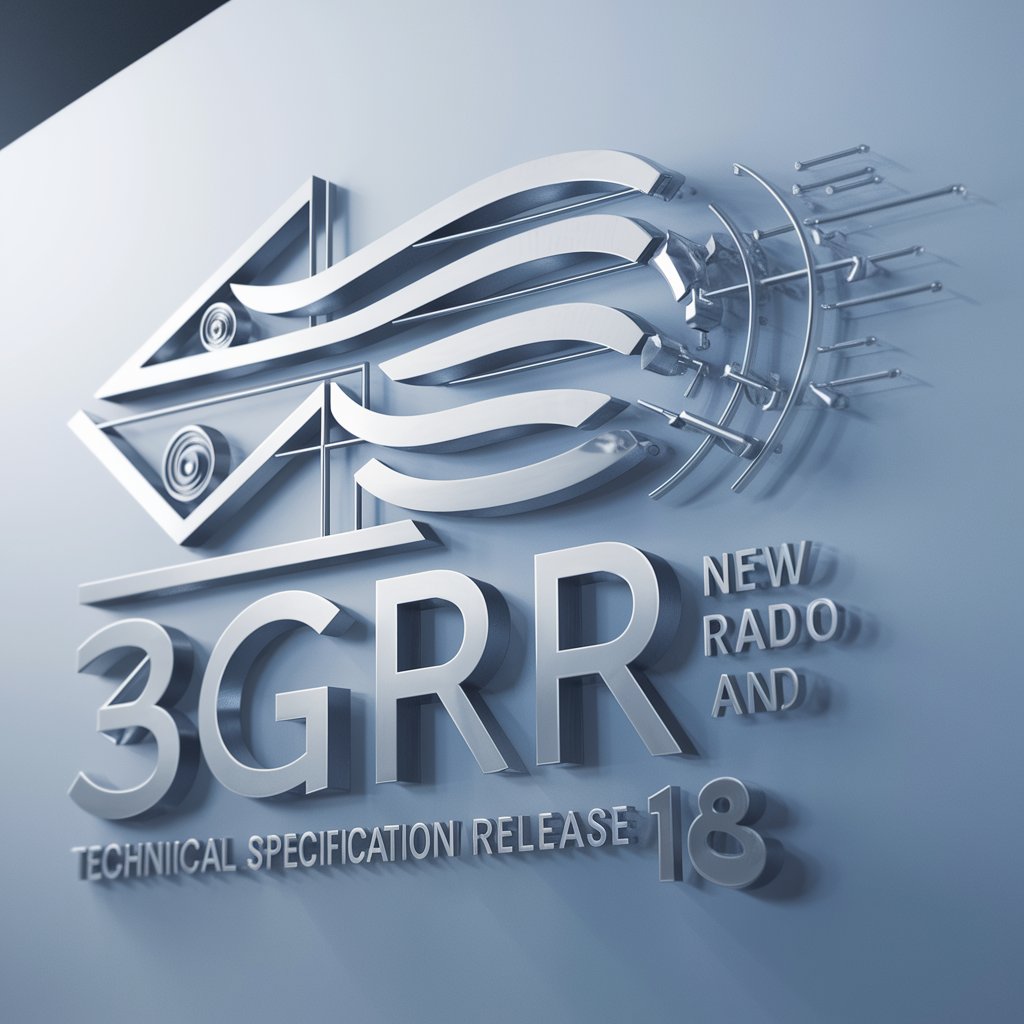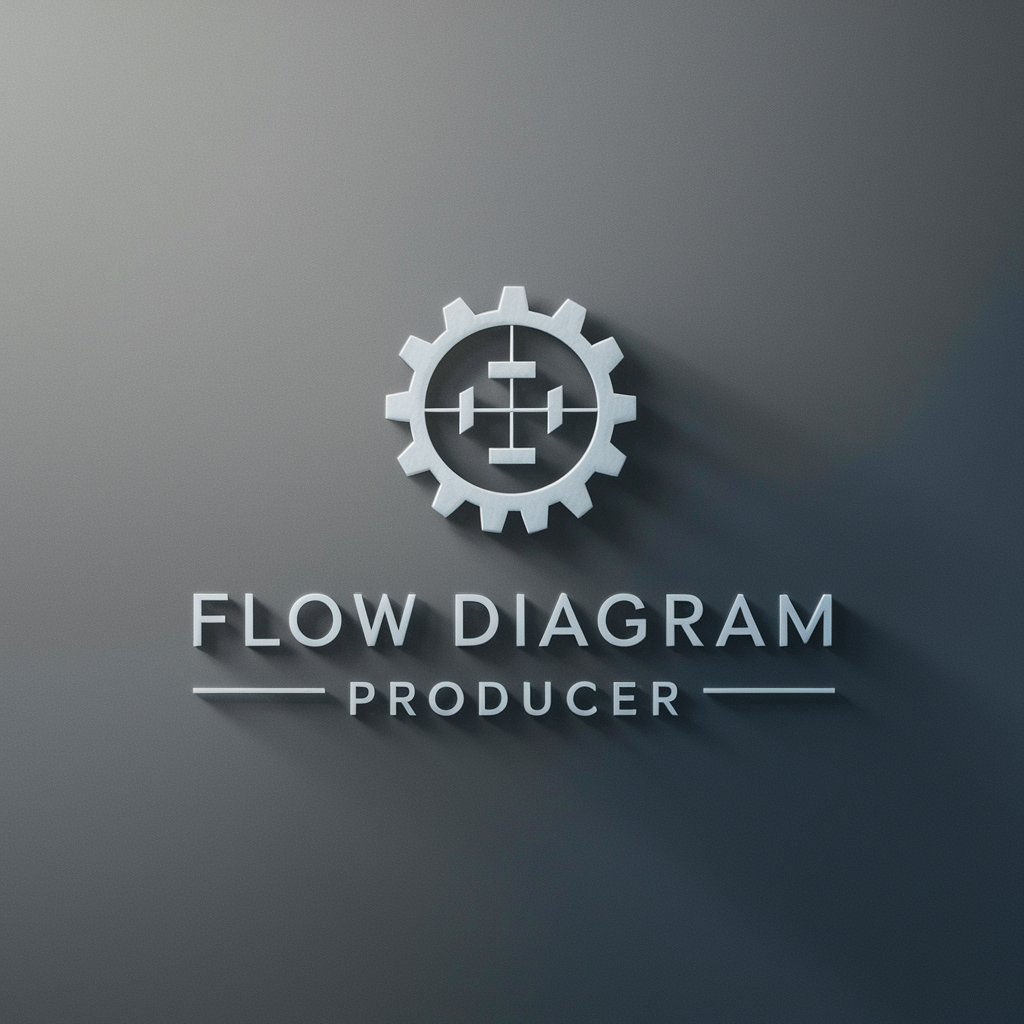Stage 2 Overall Description 38.300 - In-Depth 5G NR Insights

Hello! How can I assist you with 3GPP TS 38.300 today?
Unveiling the Depth of 5G Networks
Can you explain the architecture of NG-RAN as described in 3GPP TS 38.300?
What are the main functions hosted by the gNB according to TS 38.300?
How does the Xn interface support UE mobility management in the NG-RAN?
Describe the role of the AMF in the 5G Core Network as per TS 38.300.
Get Embed Code
Introduction to 3GPP TS 38.300 Release 18
The 3GPP Technical Specification 38.300 for Release 18, version 18.0.0, provides a comprehensive overview and description of the NR (New Radio) and NG-RAN (Next Generation Radio Access Network) for 5G networks. It outlines the stage 2 overall architecture, functional splits, and network interfaces of the NG-RAN, including the user plane, control plane, and specifics of interfaces such as NG and Xn. Key highlights include the description of network components like gNBs and ng-eNBs, their interconnection, and their connection to the 5G Core Network (5GC). The document delves into details such as radio protocol architecture, mobility management, security aspects, and quality of service, ensuring that NR can support a wide range of services from enhanced mobile broadband (eMBB) to ultra-reliable low-latency communications (URLLC), and massive machine type communications (mMTC). It also addresses the integration of new technologies like Integrated Access and Backhaul (IAB), non-public networks (NPN), and support for verticals such as URLLC in unlicensed spectrum, positioning systems, and enhancements for vehicular communications (V2X). Powered by ChatGPT-4o。

Main Functions of 3GPP TS 38.300 Release 18
Overall Architecture and Functional Split
Example
Defines the architecture of the NG-RAN, including gNBs and ng-eNBs, their roles, and how they interface with the 5G Core Network.
Scenario
In a scenario where a mobile operator is deploying a 5G network, they would use the guidelines in this section to understand how to structure their network, including how the gNBs connect to each other and to the 5GC, ensuring interoperability and efficient network operation.
Network Interfaces Specification
Example
Details the specifications of the NG and Xn interfaces, including the user and control planes, ensuring seamless communication between network components.
Scenario
When integrating new network elements or upgrading existing infrastructure, engineers would refer to this function to ensure that all elements can communicate effectively, supporting tasks like user plane data transfer and control plane information exchange.
Mobility Management
Example
Outlines procedures for managing the mobility of UEs across the network, including idle mode mobility, RRC_INACTIVE state mobility, and connected mode mobility.
Scenario
Network operators can optimize their networks for seamless handovers and efficient mobility management, reducing dropped connections and ensuring that UEs can efficiently move across cells without service interruption.
Security
Example
Defines the security architecture for the NG-RAN, including key management, encryption, and integrity protection mechanisms.
Scenario
To protect user data and ensure network integrity, operators implement the specified security measures, safeguarding against eavesdropping and tampering across the NG-RAN.
Quality of Service (QoS)
Example
Specifies how QoS is managed and enforced in the NG-RAN, including mechanisms for flow detection, marking, gating, and bit rate enforcement.
Scenario
This function enables operators to deliver differentiated services, ensuring that critical applications like URLLC can meet their stringent latency and reliability requirements while coexisting with eMBB and mMTC traffic.
Ideal Users of 3GPP TS 38.300 Release 18 Services
Network Operators
Operators benefit from detailed specifications for deploying, managing, and optimizing NG-RAN components, ensuring interoperability, efficient operation, and the delivery of 5G services to end-users.
Network Equipment Manufacturers
Manufacturers use these specifications to develop NG-RAN equipment such as gNBs, ensuring their products are compliant with 3GPP standards and can seamlessly integrate into existing 5G networks.
Regulatory Bodies
Regulators reference the specification to understand 5G NR technologies and NG-RAN architecture, aiding in the development of regulatory frameworks that ensure secure and efficient network operation.
Application Developers
Developers designing applications that leverage 5G capabilities, such as URLLC for industrial automation or eMBB for high-definition video streaming, rely on understanding network capabilities and QoS features outlined in the specification.

Using Stage 2 Overall Description 38.300
Initial Access
Visit yeschat.ai for a free trial without login, also no need for ChatGPT Plus. This is the starting point for accessing and understanding the 3GPP Technical Specification 38.300.
Understanding the Scope
Familiarize yourself with the scope of the document outlined in Section 1. This section provides an overview of NG-RAN and its connection with the 5G system, setting the stage for detailed technical exploration.
Exploring the Architecture
Review Section 4, which delves into the overall architecture and functional split. This helps in understanding the roles and relationships of different network elements within the 5G NR framework.
Studying Specific Protocols
Focus on the detailed protocol specifications in Sections 5 to 9. These sections cover aspects like the physical layer, MAC, RLC, and RRC protocols, crucial for practical implementations and system design.
Applying Knowledge
Utilize the specification in practical scenarios, such as network design, optimization, and troubleshooting. The document is vital for ensuring compliance and interoperability of 5G systems.
Try other advanced and practical GPTs
Flow Diagram Producer
AI-powered Precision in Diagram Design

The Producer
Elevate Your Music with AI-driven Innovation

Product Producer
Crafting Your Ideas into Reality with AI

Agency Producer
Revolutionizing agency workflows with AI

Magic Producer
Empowering filmmakers with AI-driven creativity.

Podcast Producer
Elevate Your Podcasting with AI-Powered Production

Superfood Sage
Empowering your diet with AI

Pain Peel
Tailoring Your Senses with AI

Product Reviewer
Empower Your Shopping with AI-Driven Reviews

Nutrition God
Empowering dietary decisions with AI analysis.

Lyric Analyst
Decoding song lyrics with AI-powered analysis

Subtitle Translator
Bringing Cultures Together with AI

Q&A on Stage 2 Overall Description 38.300
What is the primary focus of 3GPP TS 38.300?
The primary focus of 3GPP TS 38.300 is to provide an overview and overall description of the NG-RAN, with a particular focus on the radio interface protocol architecture of NR connected to 5GC.
How does TS 38.300 describe the functional split in NG-RAN?
TS 38.300 outlines the functional split in NG-RAN by detailing the roles and responsibilities of various functions, including Radio Resource Management, IP and Ethernet header compression, session management, and support for network slicing, among others.
What is the significance of the NG interface in TS 38.300?
The NG interface, as described in TS 38.300, is significant for its role in connecting the NG-RAN node to the 5GC. It includes both the user plane (NG-U) and control plane (NG-C) aspects, facilitating data and control information flow.
What insights does TS 38.300 provide about 5G NR radio protocols?
TS 38.300 provides in-depth information about the NR radio protocols, including physical layer, MAC, RLC, and RRC protocols. This is crucial for understanding the operational aspects and ensuring robust 5G NR deployments.
How does TS 38.300 contribute to 5G network design and deployment?
TS 38.300 contributes to 5G network design and deployment by offering comprehensive guidelines and specifications that ensure interoperability, compliance with standards, and efficient network architecture design.
